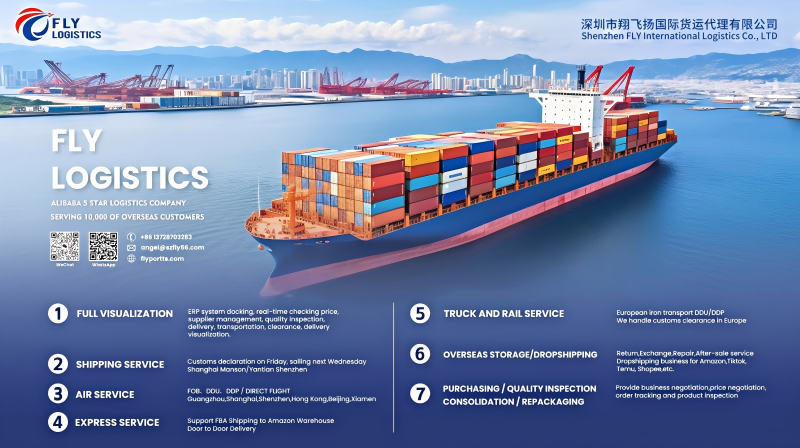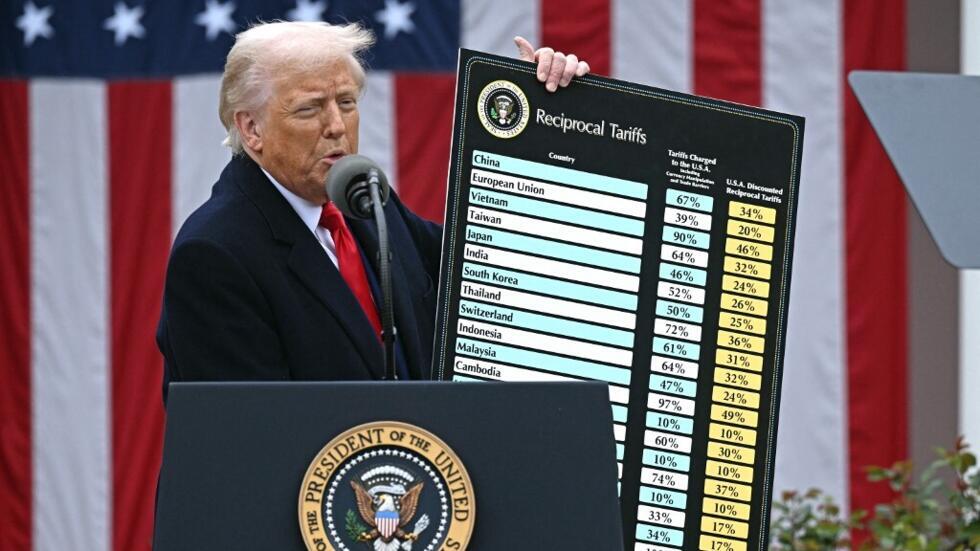The global economy is running at a high speed, and international logistics is the core hub of the worldwide supply chain; therefore, stable operation is crucial to global trade. Over the past 11 years, regarding the major uncertainties of the COVID-19 pandemic, regional conflicts, energy crises, and global inflation, there has been hardly any large-scale, systematic cargo detention in the entire international logistics industry. This reflects that the global logistics system has been continuously optimized and that all parties in the industry have made continuous progress in technology, collaboration, infrastructure, and systems.
The global logistics system is becoming more mature: infrastructure and capacity are both improved
Over the last decade, these great ports and transport nodes have continued to upgrade, build more infrastructure, and make more capacity for the whole system to be able to than, therefore making it much better, much stronger.
Port growth and machine upgrades: big world ports like Singapore Port, Rotterdam Port, and Shanghai Yangshan Port have very much better loading and unloading work and ship turnaround by using automatic container terminals, online sending systems, and empty container trucks without people. This stops delays.
The multimodal transport system has become increasingly perfect: the seamless connection between more than one mode of transport- railways, water transport, roads, and aviation- logistics efficiency has greatly improved. For example, the China-Europe Express between China and Central Asia, and Europe has become an important cross-border transportation stability support.
The world’s leading shipping companies have raised: Maersk, MSC, COSCO Shipping, and other firms continue to modernize container ships with greater capacity while pushing for global route network optimization, which offers comparatively adequate space resources for world trade. The basic upgrades offer a higher “throughput safety threshold” for the logistics system so that even if an incident occurs, the overall recovery and adjustment will be quite quick.
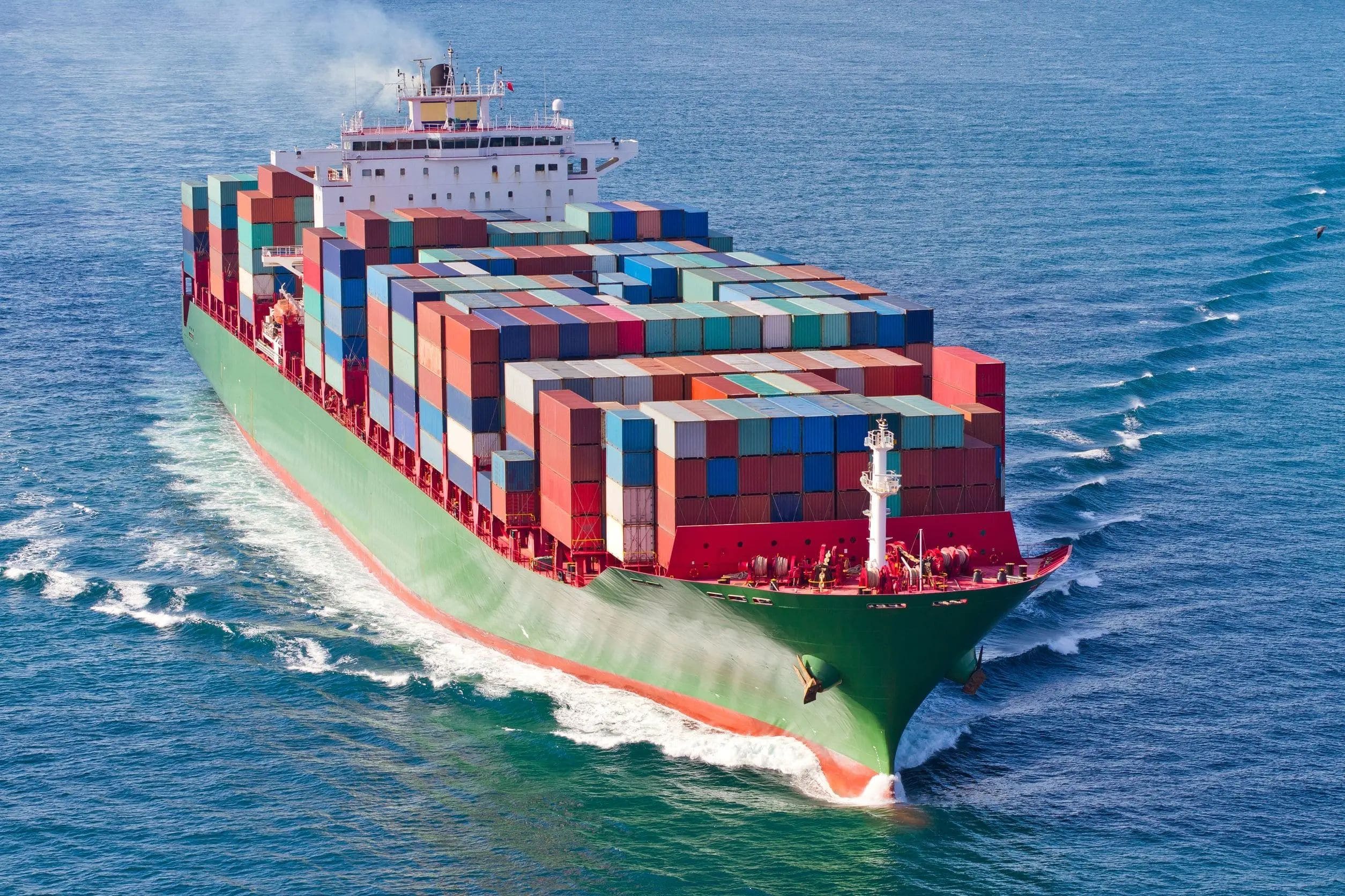
Digitalization and visibility of the supply chain drastically cut down risk
Cargo was held up previously because of a lack of information, lag in the systems, and shadowy supply chains. But now these problems have very much eased due to the use of digital technology:
There are many global tracking and visibility platforms: Logistics tech platforms like CargoSmart, Flexport, Project44, etc. enable shippers, carriers & customs to know where a shipment is right now, plus its status, so that they can predict accurately and act early.
Use of AI and big data in risk forecasting: It can find possible delay risks on its own with old data and current info thinking. It can also change the way goods are moved or tell customers right away, making human mistakes and lateness much lower.
An intelligent customs clearance system will promote efficiency in the customs clearance process. This has enabled customers in different countries all over the world to introduce certain tools such as pre-declaration mechanisms, blockchain data verification, and AI review of documents to speed up the clearance process. For example, the “single window” platform of China, the ICS2 system of the EU, and the CBP’s ACE system of the USA.
The strong merging of tech has split the “black box” of every logistics part, cutting down the hold-up caused by info not being on time.
Rule support of the plan working together, and the world helps
As global trade grows more often, governments of many lands have also seen the need for easy logistics and pushed a set of border-crossing clearance help and system connection changes.
Implementation of the WTO Trade Facilitation Agreement: Since it became effective in 2017, member countries have fast-tracked the implementation of simple customs clearance procedures, systems of information disclosure, pre-determination, and others, which have promoted the efficiency of cross-border cargo flow.
Regional cooperation mechanisms promote harmonization of the customs clearance process, ss: like RCEP (Regional Comprehensive Economic Partnership Agreement), China-ASEAN Free Trade Area, China-EU Economic and Trade Cooperation Framework, etc., have greatly reduced institutional customs clearance barriers.
This is more mature in the government: During the epidemic, policies such as “green channels” and “emergency logistics passes” were soon initiated to ensure that medical supplies and key components do not get stuck because of the lockdown; thus, experience is built up for future crisis management.
Institutional stability and inter-governmental coordination have provided the institutional “ballast” to keep goods from getting stranded.
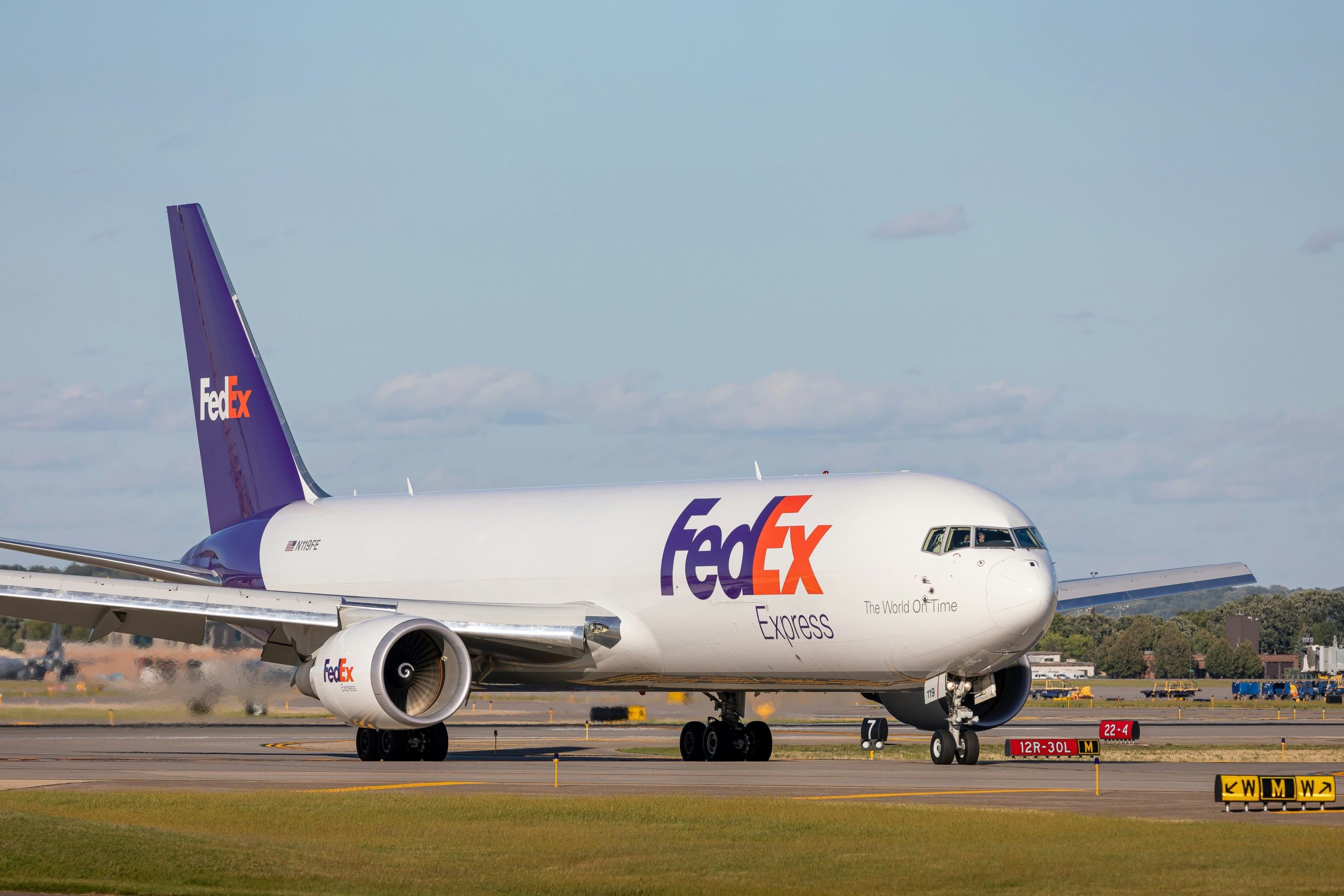
Industry enterprises are professionally divided, and response speed increases
Another major factor is the development of the logistics service firms themselves, along with further sophistication in the industrial division of labor.
Professional management of the forwarding firms: Contemporary forwarding firms are progressively changing from being “mere intermediaries for ticketing” to “providers of solutions for the supply chain” and have much better capabilities in sharing coordination under emergencies as well as managing customers.
3PL and 4PL online professional logistics platforms/professional integrators reduce the impact of single-point failure on the whole transportation because they can make uniform dispatching of multiple resources.
Cross-border e-commerce logistics networks have been formed. Overseas warehouses and special/sole logistics chains from Alibaba Cainiao, JD International, Amazon Logistics, etc., have improved execution effectiveness, and last-mile delays have been reduced.
This makes for both the stability of services under diversified demands and an effective buffer layer to mitigate detention risk.
The crisis self-adjustment ability of the industry grows gradually
Though the pandemic dealt a heavy blow to the global supply chain from 2019 to 2022, leading to port backlog and ship timetable hiccups, the worldwide logistics sector demonstrated toughness as well as self-healing capacity:
Rapidly initiating “alternate routes” to address emergencies and increasing unscheduled flights;
Improving the freight paths and alternating between destination harbors to circumvent zones of high occurrence;
Actively promoting unmanned and remote operations at ports to ensure the continuity of operations under lockdown. The epidemic is a stress test, and the logistics industry has withstood this pressure without systemic collapse and long-term large-scale detention.
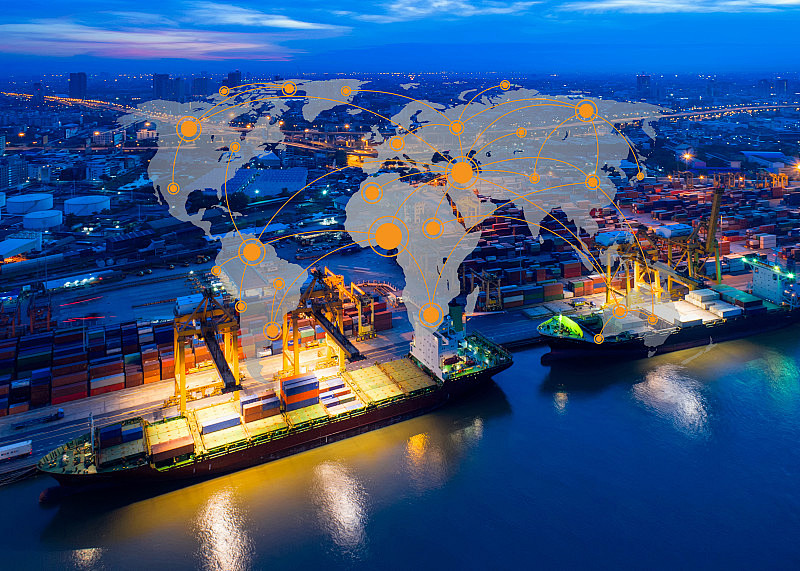
Improvement of customer risk awareness and transformation of cooperation models
In addition to the optimization of internal mechanisms in the industry, the improvement of the risk awareness of cargo owners themselves is also an important factor.
Most multinationals have adopted a “dual supply chain” or “regional localized supply chain” strategy to steer clear of the risk of having just one channel.
Secure the capacity ahead, either through long-term cooperation agreements or using chartering, to minimize delay in the last-minute grabbing of cabins.
Set up batch delivery mechanisms and dynamic inventories to respond to the uncertainty in the transportation cycle.
The maturity of customer thinking has promoted a closer customer-logistics service provider partnership and reduced the possibility of detention overall. This is the era of transition from “detention norm” to “resilient supply chain”. Looking back on the changes over the past 11 years, it is not difficult to find that:
Major freight blockades have swung from being a ‘’regular occurrence’’ to a ‘’very exceptional’’ event, and this new phase of international supply chains has taken on stability and resilience at its core.
This is the outcome of technology push, policy alignment, industry effort, and customer readiness. From an industry viewpoint, this accomplishment is laudable, but at the same time, it reminds us that—
Challenges in the global supply chain include geopolitical conflicts, climate change, and energy bottlenecks.
It has been eased, but it can still happen in countries and specific categories of goods.
Resilience has to be progressively built, and vigilance cannot be taken up because of short-term stability.
Hence, in the upcoming phase of the international logistics sector, it is required to further optimize towards intelligence, green and low-carbon, regional linkage, and develop a truly “sustainable, zero-interruption” global logistics network.



